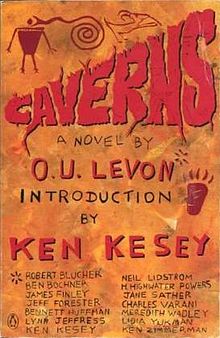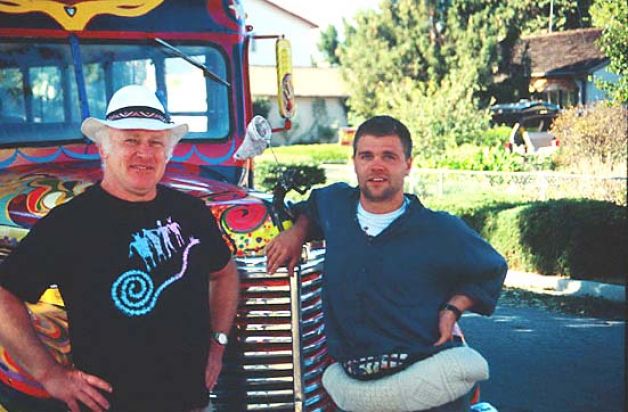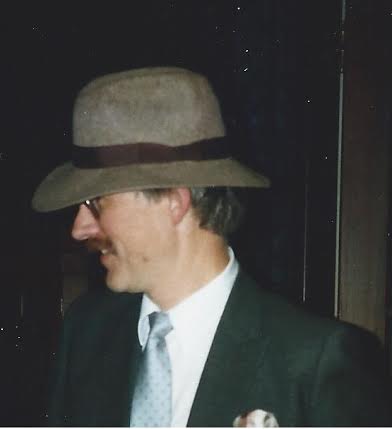 During the academic year of 1987-1988, Ken Kesey taught a graduate-level creative writing class of thirteen students at the University of Oregon. He charged the group with producing a full-length novel in one school year, which they did, publishing Caverns under the name O.U. Levon (Novel University of Oregon backwards) in 1990.
During the academic year of 1987-1988, Ken Kesey taught a graduate-level creative writing class of thirteen students at the University of Oregon. He charged the group with producing a full-length novel in one school year, which they did, publishing Caverns under the name O.U. Levon (Novel University of Oregon backwards) in 1990.
It is my intent to interview each living author about the project and what they learned from Kesey. Hopefully soon, each of the below names will be linked to a current-day interview.
Robert Blucher, Ben Bochner, James Finley, Jeff Forester, Lynn Jeffress, Neil Lidstrom, H. Highwater Powers, Jane Sather, Charles Varani, Meredith Wadley, Lidia Yukman, and Ken Zimmerman.
I first read Kesey in my mid-20s having intentionally avoided his work because of his public image. I’d expected long, rambling prose spilling from a drug haze. When I finally read One Flew Over the Cuckoo’s Nest, I was struck by the novel’s tight structure and well-organized plot. Clearly, this work came from someone writing with discipline, someone who revised and edited over and over.
Shortly afterward, I learned about Caverns and couldn’t help but wonder why someone who’d reached great literary success like Kesey would mess around writing a book with thirteen graduate students. It seemed brash, foolhardy, and difficult.
My fascination with Caverns grew when I enrolled in a graduate-level writing program myself. While I had some great instructors, I had a romantic vision of what it must have been like to have class in Ken Kesey’s home, having him pontificate about great literature, to have him soothingly guide you to your first published novel after one year. Proximity alone to a writer of that caliber would give you a touch of greatness, right? At the same time, I’m sure those students worked like hell.
So, for me, Kesey became a figure full of mystery and contradictions. While it’s easy to read a lot about him, the different portraits don’t always match up. For some reason, in my head, this little-discussed Caverns project stuck out as the most illogical piece of the puzzle, and nowhere online could I find an explanation as to why Kesey undertook it.
While some (including some of the original Caverns authors themselves) have written about the Caverns project, it’s difficult to find a collected vision of what the book is.
So, I’m going to try to create a full, multi-perspective look at this unorthodox undertaking.
Here we go.




Hi Theodore, I interviewed Ken Kesey about Caverns in 1990 when I was trying to break into freelance writing. If you’d like to see it I’d be happy to send it to you. I very much enjoy your blog. Timothy M. Tays, PhD, “Wannabe Distance God: The Thirst, Angst, and Passion of Running in the Chase Pack” (2013) available at Amazon.com/books.